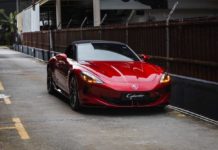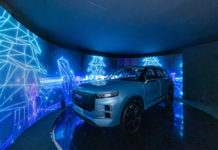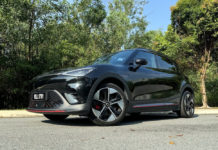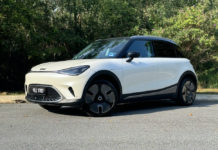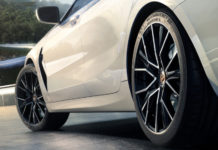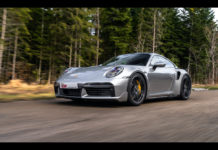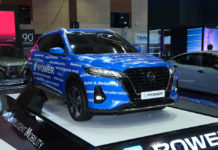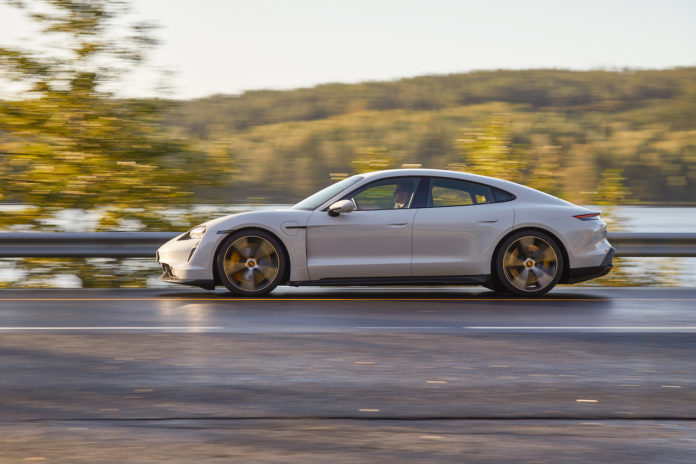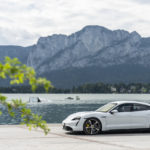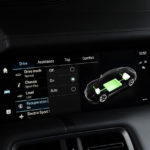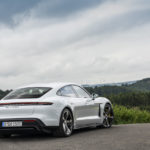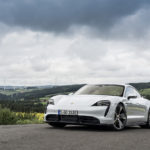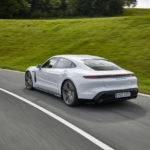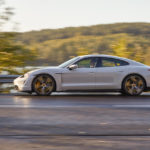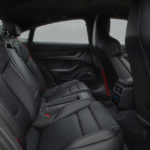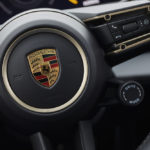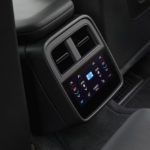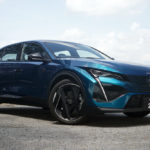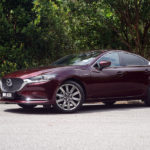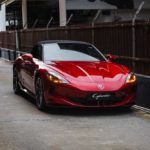When my portion of the road trip is done, I would have driven 693km over two days from Innsbruck to Mondsee in Austria and then to Munich in Germany in a Porsche Taycan Turbo S. At the same time, the EV Porsche would have already done more than twice that distance. This is Porsche’s attempt to prove that the Taycan, despite being an EV, can be driven long distances like any other car. However, this EV isn’t run-of-the-mill but something quite exceptional.
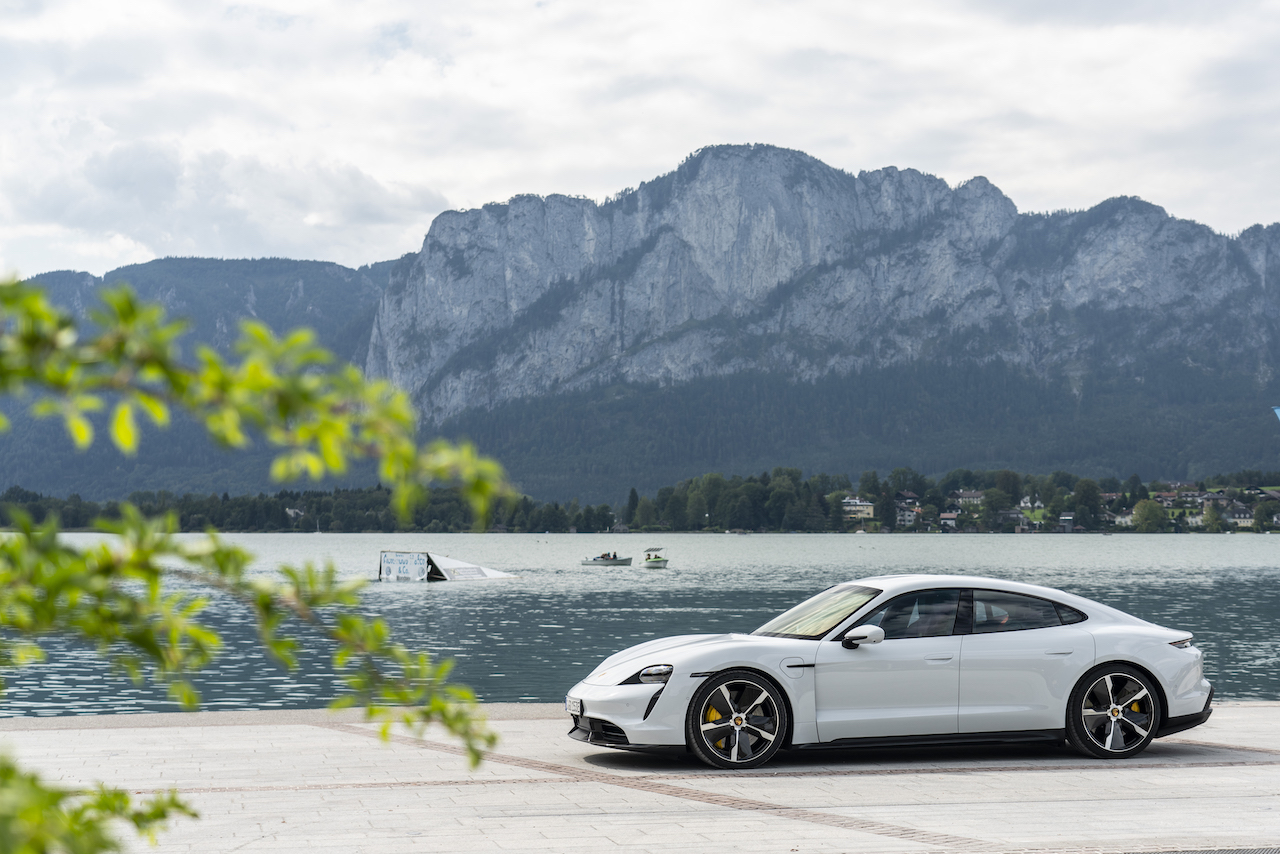
Performance level is shocking
First, the details. The Porsche Taycan Turbo S is powered by a permanent synchronous motor paired with a single-speed transmission in the front. At the back, a two-speed transmission links up with the same motor. With both motors activated, the Taycan Turbo S achieves a total output power of up to 460kW, or 617hp. Engage Launch Control and that output increases to 560kW, or 751hp. The torque produced by the electric motors adds up to a whopping 1,050Nm.
The Taycan warps to 100kph from zero in 2.8 seconds, putting you 28 metres in front of the starting line in just 2.5 seconds — all at the drop of a hat. The Taycan is also capable of reaching 0-160kph in 6.3s and 0-200 in 9.8 seconds. Its top speed maxes out at 260kph.
The Taycan Turbo S assigned to me only had an 80 per cent charge, giving me a range of about 300km. Consequently, this required me to make a pitstop at an Ionity fast-charge station to ‘fuel up’ for the rest of the leg.
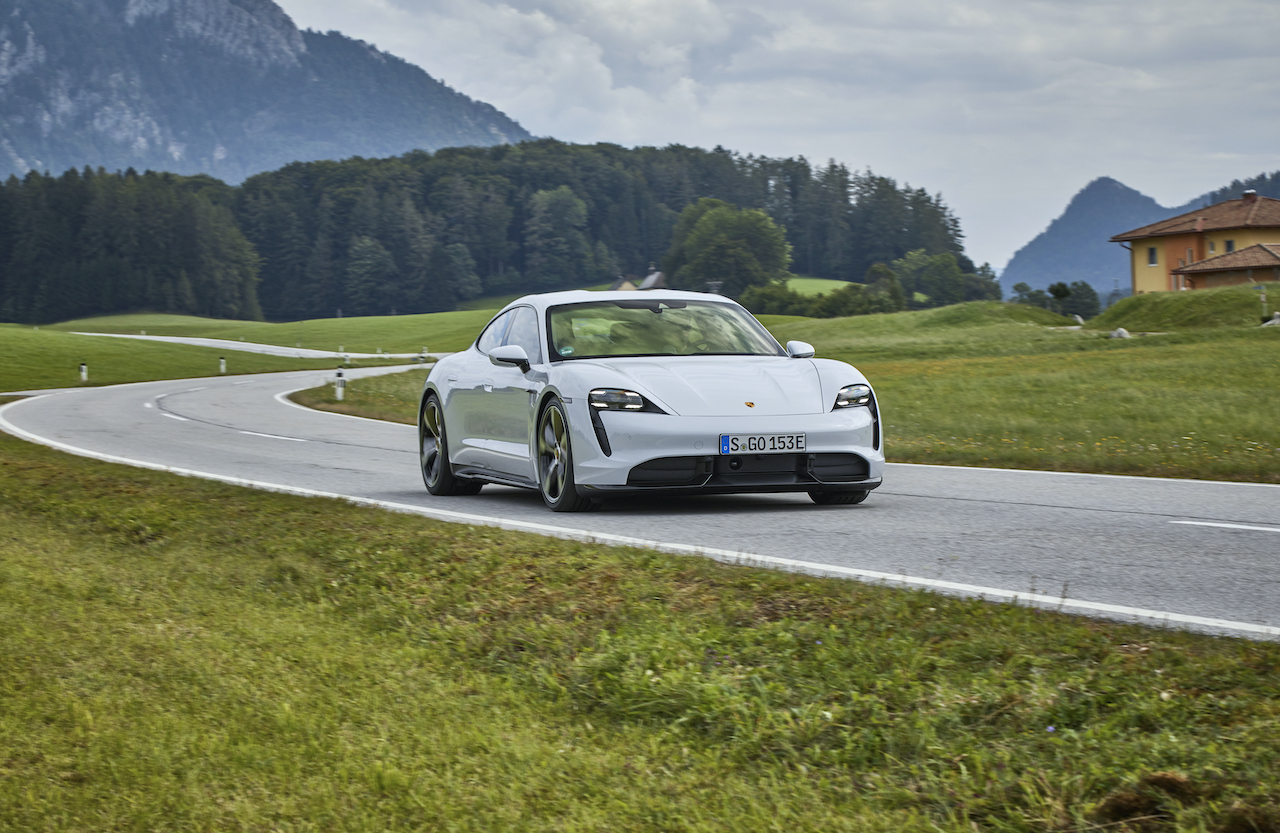
Surprisingly agile for a big car
The back roads of Innsbruck is narrow and makes navigating the 2.14m-wide EV seem challenging at first, as with all other European countries. Quickly, you’ll learn that the Taycan is actually easy to control and feels agile on snaking back roads. The magic here is the rear-axle steering that can ‘shortens’ the wheelbase at lower speeds to give this EV a smaller turning radius.
Still, the Taycan decidedly feels more GT than hot hatch on the backroads. Tighter turns remain a challenge despite the rear-axle steering because the Taycan is physically a long car. So, while the front has exited the corner, there is a chance of dipping the rear tyre onto the roadside gravel.
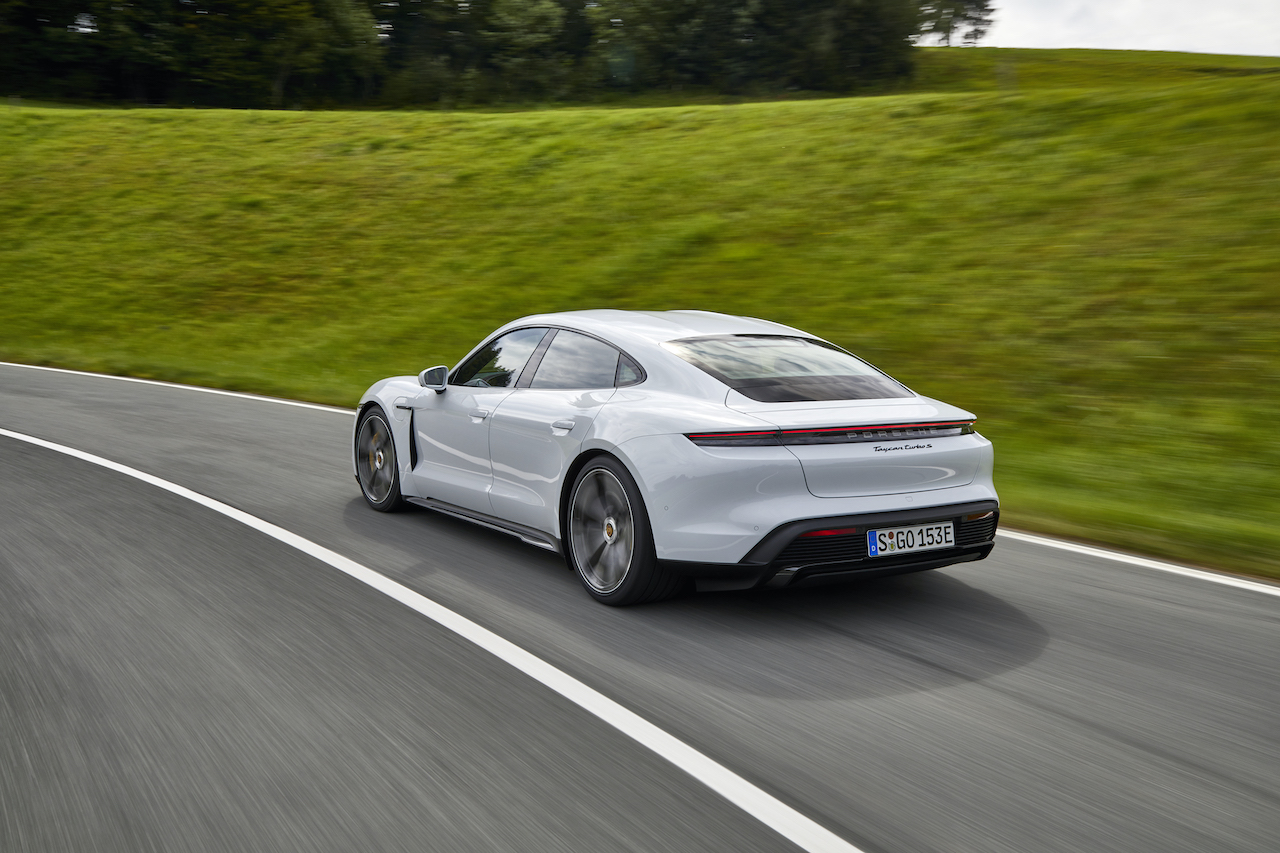
The acceleration is snappingly quick
Nevertheless, Porsche’s all-wheel-drive characteristics make getting back on the black swift. Porsche Dynamic Chassis Control Sport and Porsche Torque Vectoring Plus bring exceptional road-going dynamism to the EV. In addition, the Porsche Active Suspension Management keep the car glued to the road.
Power going into each of the 21-inch is measured and only the right amounts get delivered. Subsequently, this makes for an interesting drive especially when you’re going around the corners quicker than you normally would. And when you slam on the accelerator, the wheels won’t spin so no energy is needlessly wasted on smoky drama.
Instead, all of the action is packed into the acceleration and there’s 1,050Nm to make things very interesting. The launch will catch anyone off-guard, pushing body and heads deep into the seats. The instant injection of torque to the wheels defines an electric vehicle, yet the Taycan’s neck-snapping acceleration is quite out of this world.

The future of sports EV is a possiblity
But what of the Taycan’s range? After carving up the mountains and bombing down the highway, the Taycan shows it has less than 20 per cent of charge remaining. It is impressive considering I didn’t start out with a ‘full tank’. Furthermore, the Taycan have not driven in the more economical nor in the most efficient manner.
It takes the Taycan 30 minutes to get fully charged from a fast-charge station. This gives you more than enough time to break for comfort and coffee.
The way things are going, electric vehicles are here to stay. It is a concept that has proven time and again to bring more benefits than the traditional car. The Taycan is Porsche’s evolution in that direction. And in the Porsche Taycan Turbo S, the German carmaker has definitely put the right foot forward.



